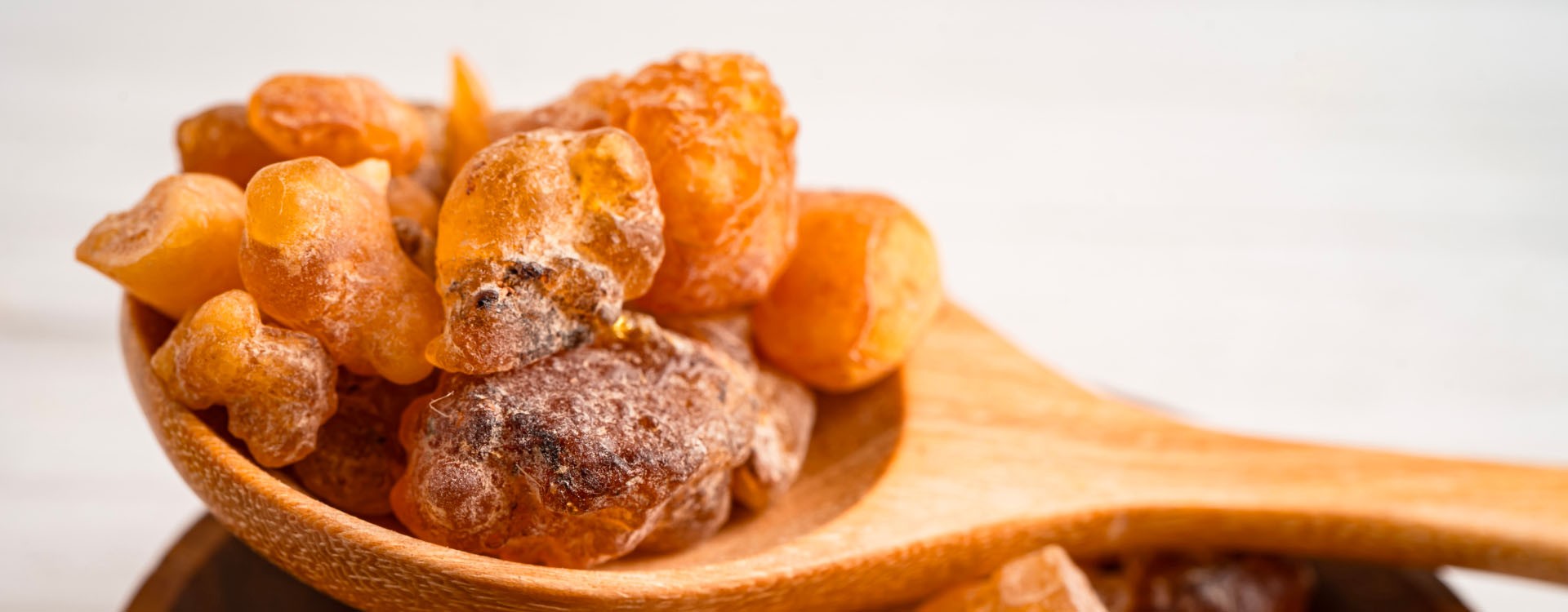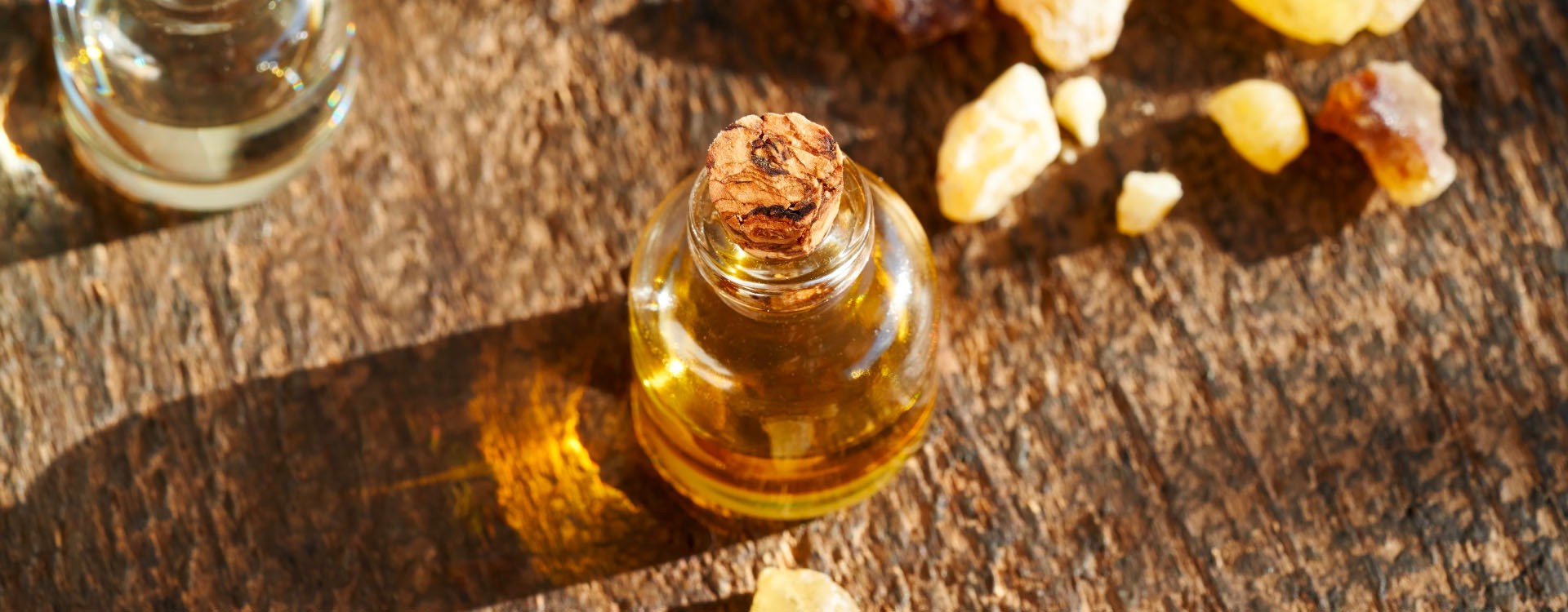Gum arabic and oenology: the secret use few know about

Gum arabic: origin and composition
The gumarabic, a versatile and intriguing substance, has its origins in the producing trees of the sub-Saharan African region and parts of the Middle East. The tree species that produce this precious resin are mainly Acacia senegal and Acacia seyal. These trees, which grow in specific conditions, play a central role in the creation of gum arabic.
Gum Arabic is mainly produced in the savannah areasof Africa, notably in Senegal, Sudan, Chad, Eritrea and other countries in the region. These regions are known for their vast stretches of arid land, where Acacia trees thrive despite the harsh environmental conditions.
Chemically speaking, gum arabic is made up of a multitude of constituents, the most notable of which are complex polysaccharides. These sugar polymers, which include arabinogalactans, give gum arabic its unique properties, notably its ability to form stable colloidal solutions in water. In addition, compounds such as proteins, amino acids, glycoproteins and nucleic acids are also present in varying quantities, contributing to the resin's complexity.
The key chemical properties of gumarabic include its solubility in water, its ability to form emulsions, and its stabilizing and binding properties. These characteristics make it the thickening and stabilizing agent of choice in a variety of industrial applications, including food, pharmaceuticals, cosmetics and many others. Gum arabic's unique chemical composition makes it a valuable ingredient with sought-after functional properties.
Traditional uses of gum arabic
Throughout history, gumarabic has played a key role in many civilizations, where it was valued for its many applications. Its use dates back to antiquity, and it has left a lasting imprint on traditional cultures around the world. Gum Arabic has played an essential role in many ancient civilizations, from Egypt and Greece to China and India. These cultures used gum arabic for a variety of purposes, including as a binding agent, thickener and food stabilizer. Its ability to form colloidal solutions made it a valuable ingredient in the preparation of drinks, desserts and traditional dishes. Gum arabic was commonly used intraditional cooking in many parts of the world. It was often used to improve the texture and stability of foods, while adding a slight viscosity. In Indian cuisine, for example, it was a key ingredient in the preparation of dishes such as lassi and other refreshing drinks. Similarly, in Africa, it was used in traditional dishes such as soups and sauces, where it helped to thicken and bind ingredients.
In the medicinal field, gum arabic also has a long history of use. Ancient civilizations attributed to it varioustherapeutic properties ranging from soothing sore throats to aiding digestion. It was often incorporated into traditional herbal remedies for its health benefits.
By exploring these traditional uses of gum arabic, we can better understand the importance of this resin in the culinary and medicinal practices of many cultures throughout time.
Gum arabic in modern oenology
The gumarabic, although long unknown in the field ofoenology, has recently been the subject of increased attention and significant scientific discoveries, opening up new perspectives in the world of wine. The link between gumarabic and contemporary oenology has been a relatively recent revelation. Researchers and oenologists began to explore the unique properties of this resin and to discover how it could help improve certain aspects of modern winemaking . These discoveries have opened up new opportunities to optimize the wine production process. Gum Arabic is now used in a variety of ways in the field of oenology. It is often integrated into the wine clarification process. As a clarifying agent, it acts by binding suspended particles, unstable proteins and undesirable compounds present in the wine, thus promoting their sedimentation and elimination. The use of gum arabic offers several advantages for the winemaking process. It enables faster, more efficient clarification of the wine, reducing the time needed to obtain a product ready for bottling. In addition, it helps to stabilize the color and flavor of the wine by eliminating compounds responsible for instability. In addition to its technical benefits, the addition of gum arabic can also influence the organoleptic characteristics of the wine, notably its mouthfeel and finish. Some winemakers are experimenting with gum arabic to refine the structure of their wines and obtain specific taste profiles.
The integration of gum arabic into modern oenology opens up new possibilities for wine producers, enabling them to improve the quality of their products while preserving the unique characteristics of each vintage. This recent discovery underlines the importance of ongoing research and the exploration of natural resources for the improvement of various fields, including contemporary oenology.
Practical tips
Gum arabic offers interesting advantages for modern winemaking, but its integration requires a certain understanding and precautions. Here are a few practical tips for getting the most out of this natural resource. When you decide to use gum arabic in your winemaking process, make sure you choose the application method best suited to your needs. It can be added directly to must or wine, usually as an aqueous solution. Be sure to follow the specific recommendations according to the quantity of gum arabic needed for your volume of wine. Although gum arabic is considered a safe additive in winemaking, it is important to respect the recommended dosages. Excess gum arabic can have undesirable effects on wine structure and clarity. In addition, make sure that the gum arabic you use is free of impurities or undesirable additives. When choosing gum arabic for your winemaking, look for quality products. Look for suppliers who guarantee the purity of their gum arabic and provide information on its origin. Choose gumarabic varieties suitable for use in winemaking, generally in powder or granulated form. To ensure the quality of your gum arabic, trust reputable and reliable suppliers such as Real and Roots. Manufacturers specializing in winemaking ingredients or natural products are often good sources. Research and read customer reviews to ensure the quality of the product you buy. By following these practical tips, you'll be better prepared to experiment with gum arabic in your winemaking process. Whether you're an experienced winemaker or a passionate amateur, this natural resource can add an interesting dimension to your winemaking art while preserving the quality of your wines.



